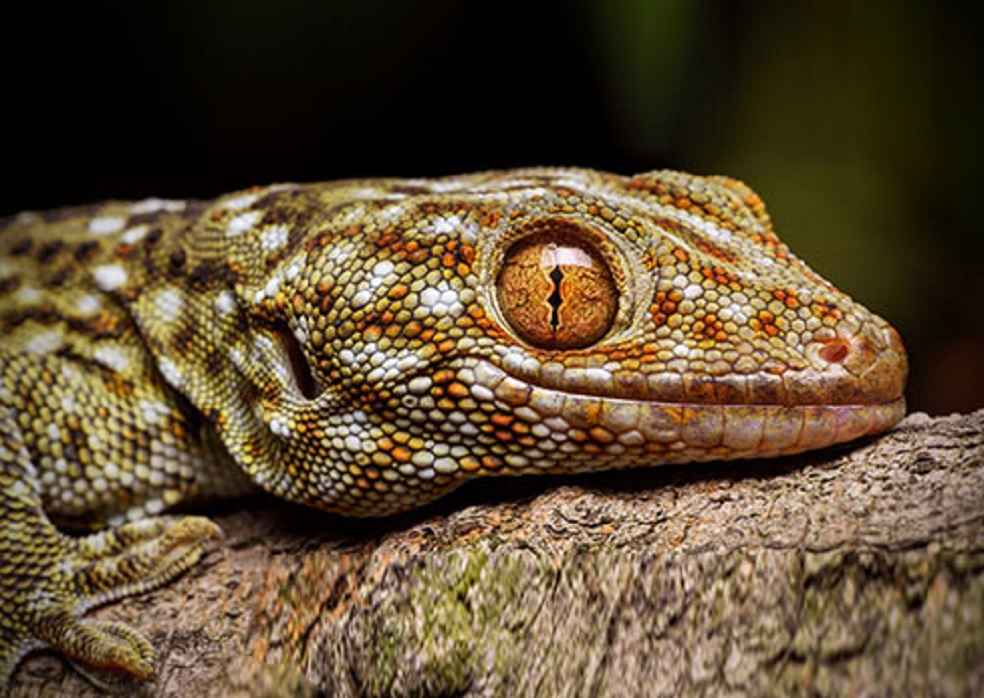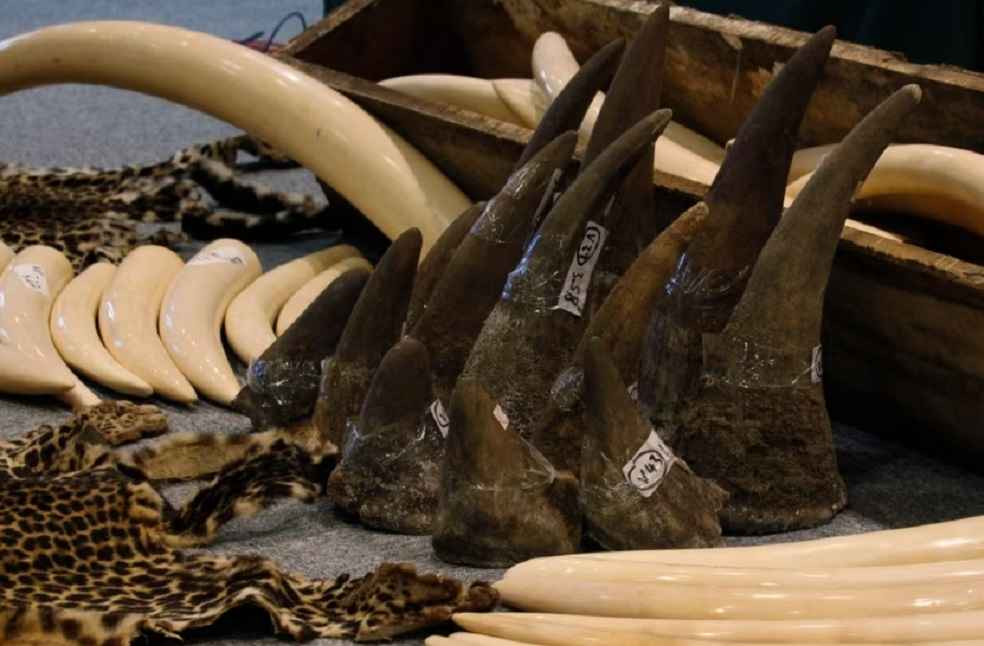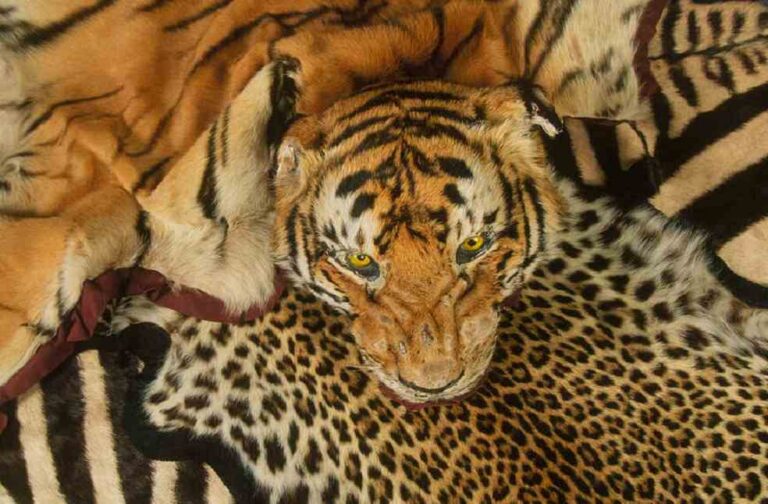Marking a monumental shift in environmental governance, India recently updated its wildlife trade policies for the first time in 40 years. This significant alteration in regulations reflects a sophisticated and nuanced approach to wildlife conservation, showcasing India’s commitment to evolving environmental challenges.
The Union environment ministry’s release, ‘Wild Life (Protection) Licencing (Additional Matters for Consideration) Rules, 2024,’ sets forth new parameters for licenses involving captive animals, snake venom, trophies, and stuffed animals. Announced on January 18, this revision supersedes the 1983 framework, indicating a strategic shift in India’s wildlife management.
A critical change in the 2024 rules pertains to the trade of animals under Schedule I of the Wildlife Protection Act, 1972. The older rules prohibited licensing for trading in animals listed in Schedule I and Part II of Schedule II, contingent upon central government consultation. Contrasting this, the new guidelines remove licensing restrictions for Schedule II species, sparking debate among conservationists.

The exclusion of Schedule II species, encompassing endangered mammals like bats and diverse bird species, from licensing restrictions raises questions. This modification follows the 2022 amendment of the Wildlife Protection Act, where schedules were restructured based on conservation status.
Environmental expert Rahul Choudhary stresses the importance of evaluating whether the reclassified Schedule II species have experienced population increases justifying less stringent protection. A senior MoEFCC official explains that the adjustment results from the reorganization of wildlife schedules.
The scope of wildlife trade, as highlighted by the Wildlife Trust of India, reveals the intricate and vast nature of this sector. Reports indicate over 70,000 species trafficked globally each year, shedding light on the expansive wildlife market.

Reacting to this crisis, the Indian government’s MoEFCC initiated an amnesty program, leading to thousands declaring their possession of exotic and native species. This innovative approach demonstrates India’s proactive stance in combating wildlife trade.
The United Nations Office on Drugs and Crime’s World Wildlife Report 2020 released a wildlife crime, with findings spanning two decades and involving traffickers from 150 nationalities. This global data underscores the urgency for comprehensive international action against wildlife crime.
India’s amendment to its wildlife trade rules reflects a sophisticated understanding of and response to wildlife conservation needs. This policy update signifies a balance between effective governance and the imperative to protect wildlife, signaling a hopeful future where environmental conservation aligns with human development.
DON’T MISS IT | China Slashes Rooibos Tariffs: Boost for South Africa’s Global Tea Trade



